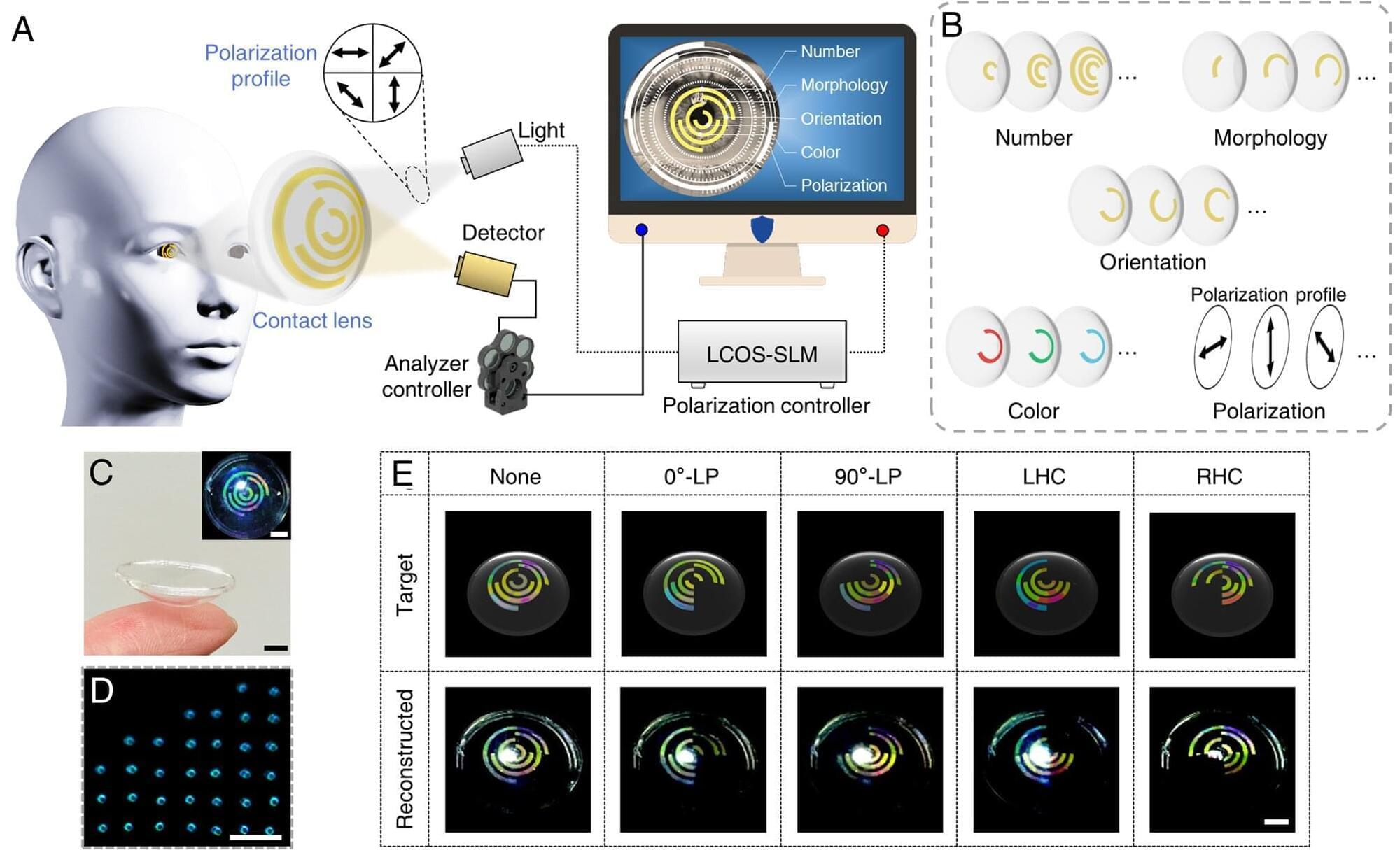Chiral-structural-color materials produce color through microscopic structures that interact with light rather than through pigmentation or dyes. Some beetle exoskeletons, avian feathers, butterfly wings, and marine organisms feature these structures naturally, producing iridescent or polarization-dependent colors. Over the last 10–15 years, scientists have made progress in developing artificial chiral-structural-color materials.
Recently, Chinese researchers have made a breakthrough in the field by discovering that microdomes made from common polymers exhibit tunable chiral structural colors with broad-spectrum capabilities and multiple polarization-modulated chirality. This advancement could have significant implications for applications in displays, sensors, and data security.
Published in PNAS, the study was led by Prof. Li Mingzhu’s team from the Technical Institute of Physics and Chemistry of the Chinese Academy of Sciences.
